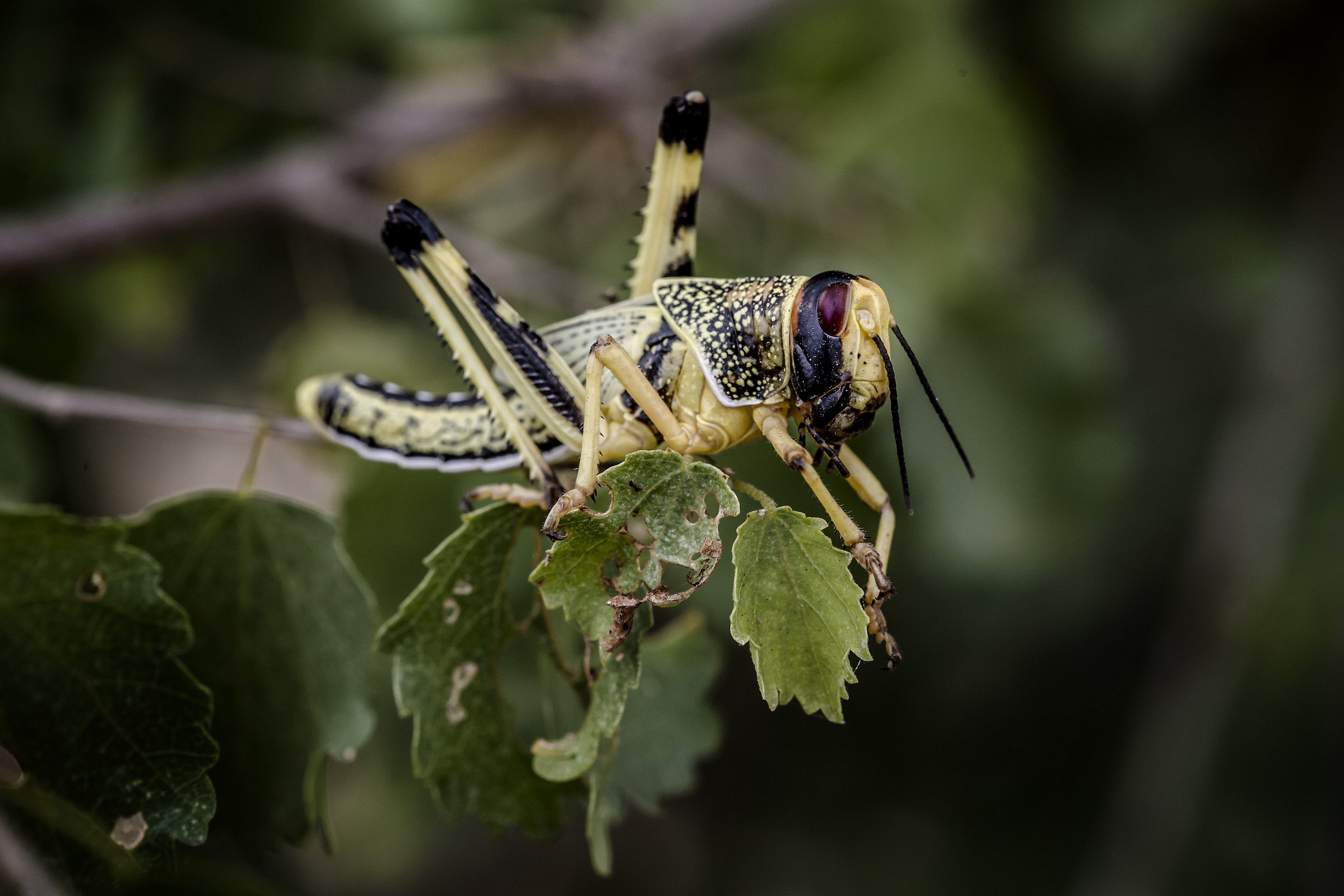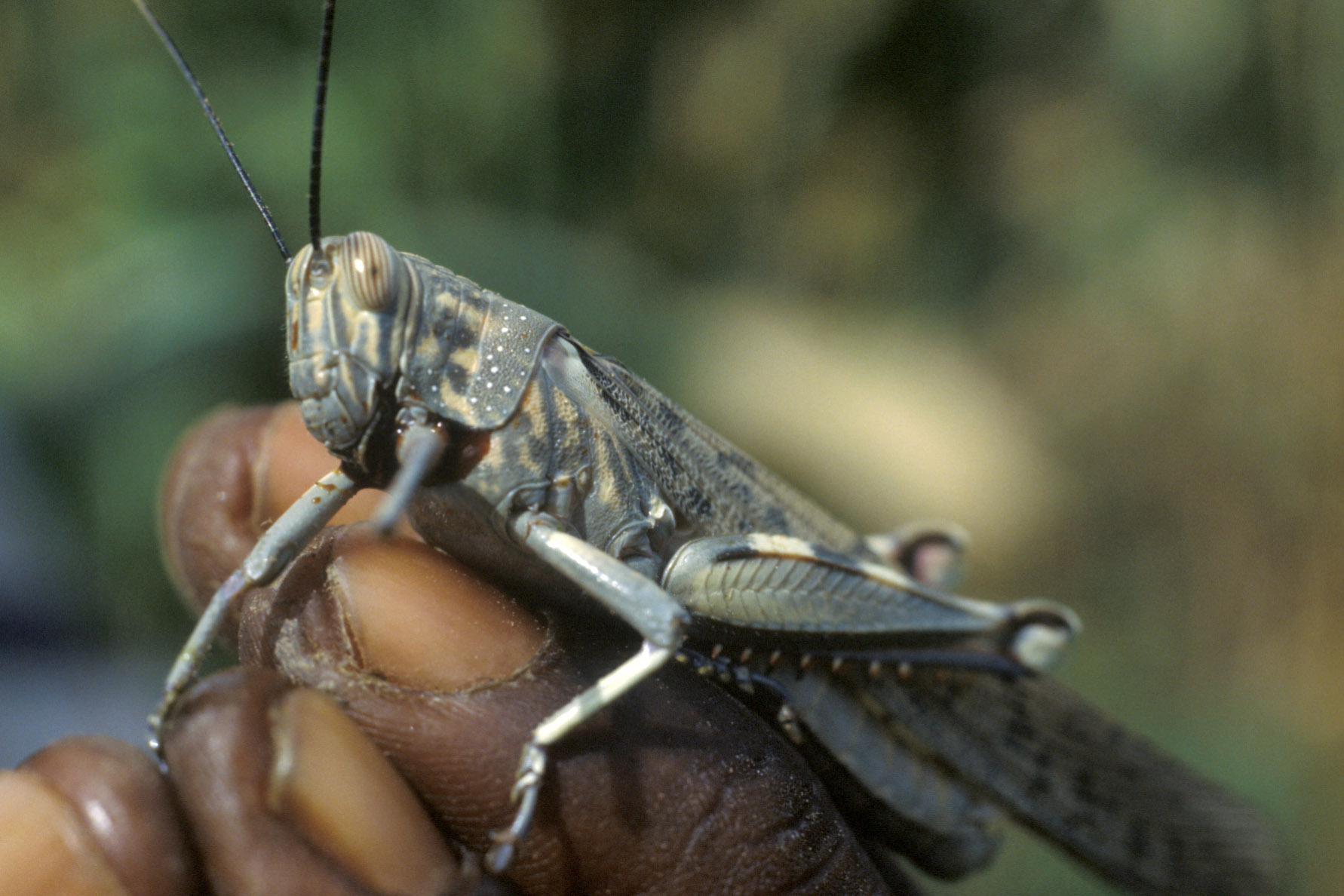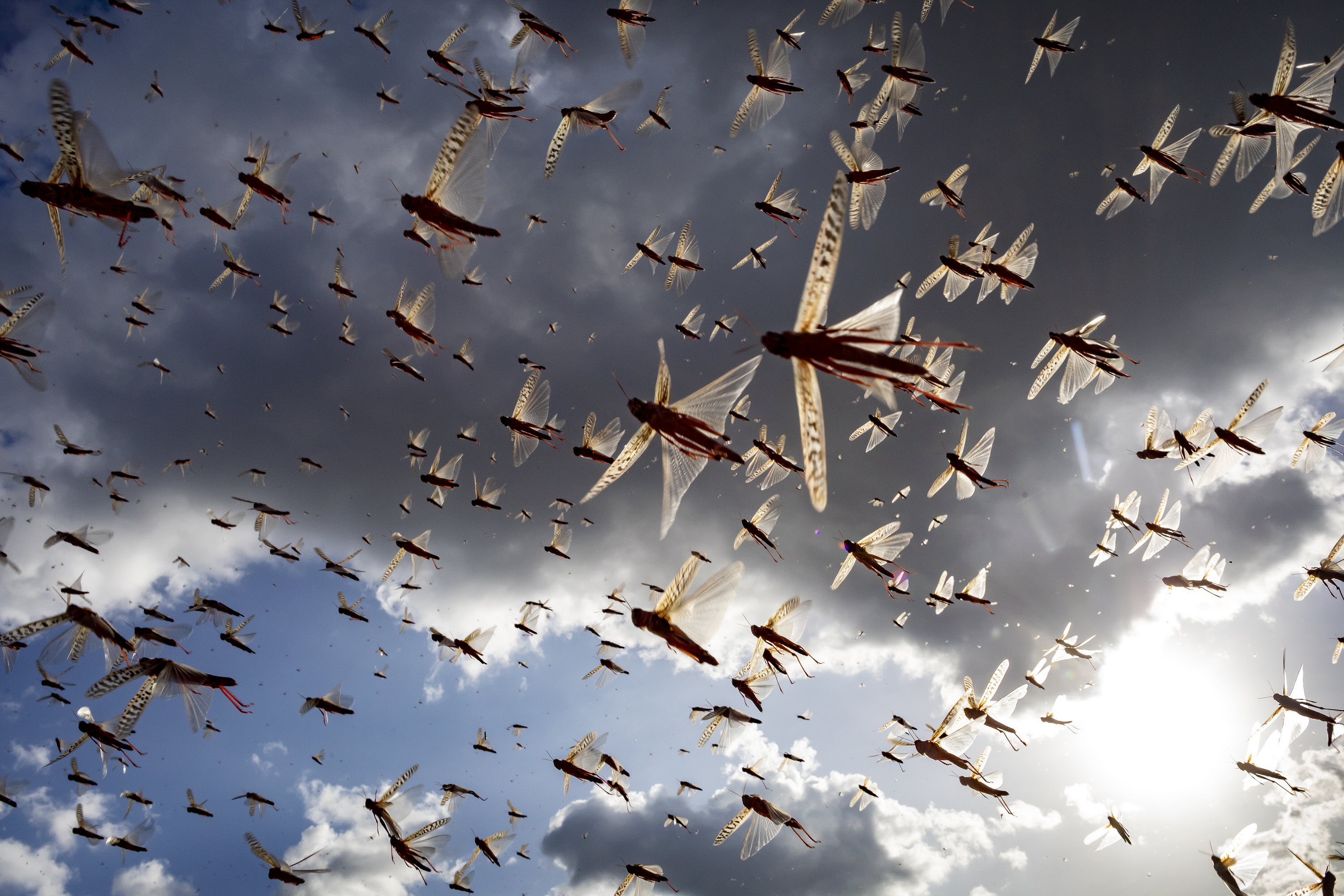2 May 2024: outbreaks decreased

Key points
- Overview: Outbreaks finished in Eritrea, Somalia, and Sudan and reduced in Egypt and Saudi Arabia due to control operations.
- Current situation: Second-generation hopper groups, bands, and immature adult groups declined.
- Control: Operations decreased by 50% in April compared to March.
- May: One generation of spring breeding will occur in Saudi Arabia, Yemen, Oman, and parts of northern Sudan, northwestern Somalia, southeast Iran, and southwest Pakistan; there is a risk of cyclones in May and June along the Gulf of Aden and Arabian Sea; consequently, countries must maintain survey and control efforts.
In April, the Desert Locust outbreaks concluded in Eritrea, Somalia, and Sudan, where they had started in November, while those in Egypt and Saudi Arabia diminished due to control measures.
Consequently, there was a decrease in second-generation hoppers, groups, bands, and immature adult groups along the Red Sea coast, and the vegetation dried out. Despite this, the Nile Valley in southern Egypt saw hatching, and a few adults moved to the interior of Saudi Arabia and Yemen. Strong winds and heavy rains occurred at mid-month in Oman, UAE, and the eastern Empty Quarter of Saudi Arabia.
During the forecast, one generation of limited spring breeding is expected in the interior of Saudi Arabia, Yemen and Oman as well as parts of northern Sudan, northwest Somalia, southeast Iran, and southwest Pakistan. Cyclone activity poses a risk along the Gulf of Aden and the Arabian Peninsula in May and June. Weather models predict above-average rainfall in the summer, bringing favourable breeding conditions from Sudan to Indo-Pakistan. The monsoon in India is likely to be normal this year starting in June.
It is anticipated that above-average rainfall in the Western Region will be postponed until around August in the northern Sahel area from Mauritania to Chad.
Download the Desert Locust bulletin.




